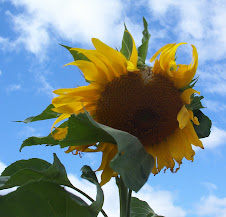
The 1st, 2nd, and 3rd grade students at Spooner Elementary have been learning all about the world of worms. The students worked in groups to create mini worm bins. The worm bins will be kept at the school during the winter. During this time the students will collect food scraps from the hot lunch to feed the worms.
Worms are wonderful composters and help recycle by turning our food waste and garbage back into useable soil and incredible organic fertilizer. The fertilizer will then be applied directly to the garden in spring to help us grow a greater harvest.

Worms are wonderful composters and help recycle by turning our food waste and garbage back into useable soil and incredible organic fertilizer. The fertilizer will then be applied directly to the garden in spring to help us grow a greater harvest.

The students not only got a chance to touch and feel the worms but also learned the important role worms play in our environment. During the last part of the lesson students explored the origins of foods, specifically cheeseburgers. By deconstructing the different parts of the cheeseburger they got to see how soil makes their food. They also discussed the ways which nutrients are passed from the soil through plants and animals and onto each of us through our food. Worms are easy to care for and are a wonderful way to recycle food waste. To learn how to build a worm bin, visit: http://www.gardensimply.com/how-to-guides/build-worm-bin.php










